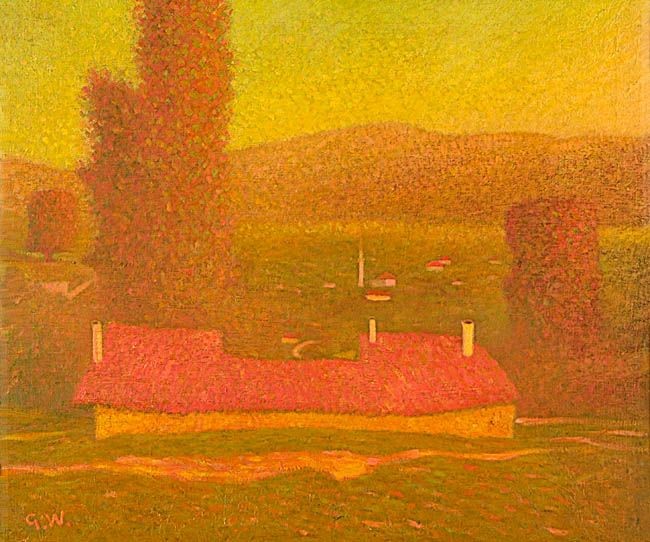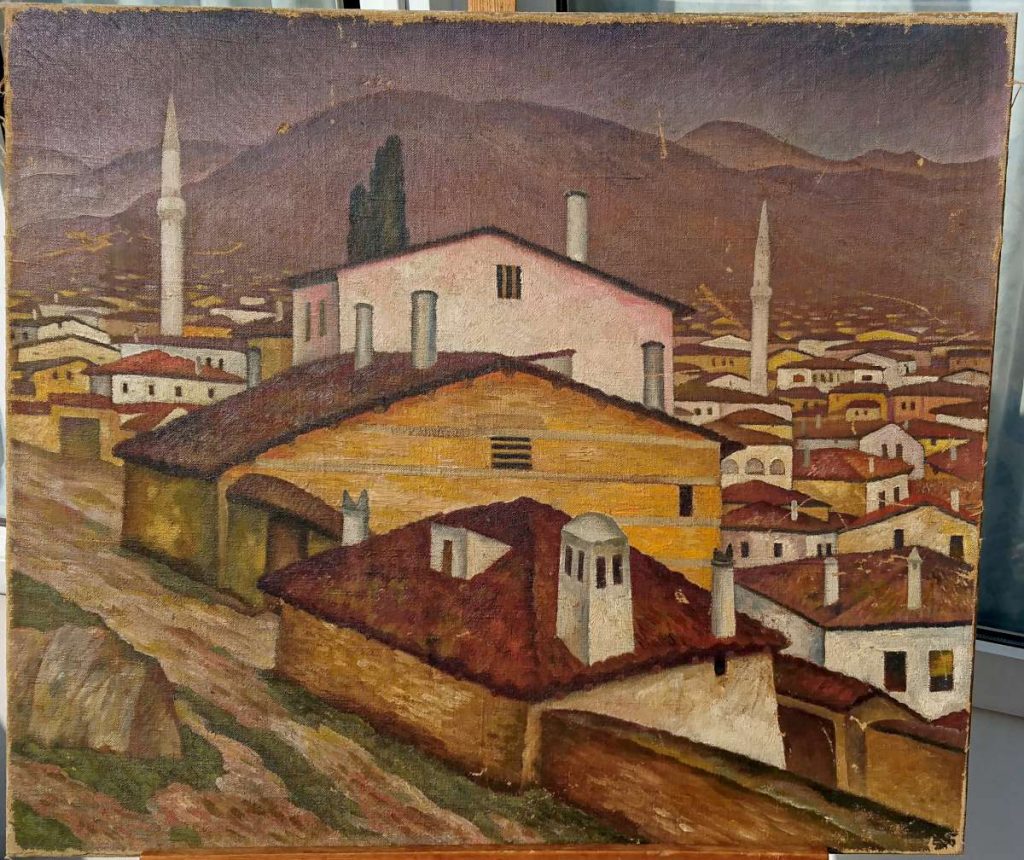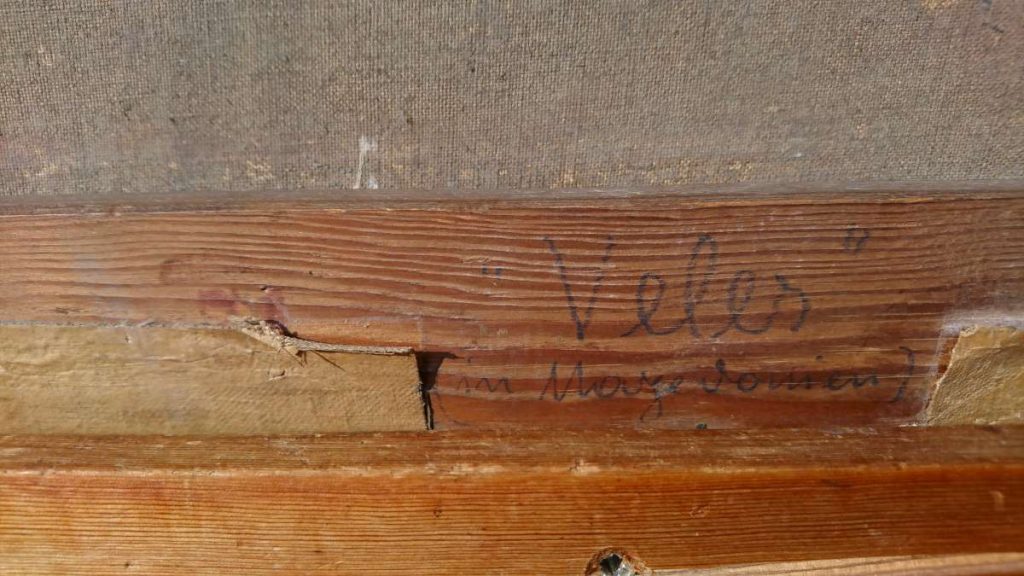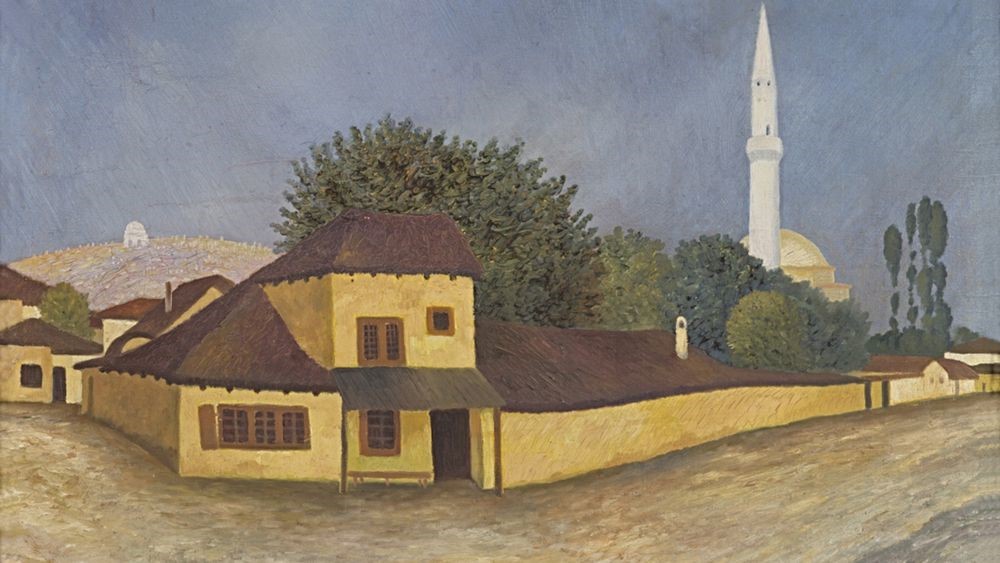Born in Cologne in 1882, died in Berlin in 1945. Started his career as an art assistant for the master painter from Cologne Wilhelm Kuhn. Worked as a stage painter between 1899-1900 in Gotha and Charlotteburg studios for stage painting in Berlin as well as for the other theaters in Europe including the Royal Opera in Stockholm and the Innsbruck Stadttheater. After the First World War, he settled permanently in Berlin. His first solo show at the Landsberg bookshop was followed by an essay written by Paul Westheim, who made Gustav Wunderwald known to the public at large. Focusing primarily on Berlin street life at the time, Wunderwald painted scenes from various sections of Berlin. Most of these paintings date from the Roaring Twenties but document the bleak side of urban living in the “New Objectivity” style. From 1927 Wunderwald showed his scenes from the big city as well as landscapes featuring the Havel region and East Prussia at exhibitions. While the National Socialist regime was in power, Gustav Wunderwald no longer showed work publicly, making out a living by tinting advertising films for Ufa and Mars Film. Before he could resume a career as a freelance painter after the war, Gustav Wunderwald died of drinking poisoned water in Berlin in June 1945. Received post-humme awards by City Gallery Albstadt and the Berlin Gallery. His pictures now figure prominently in the collections owned by major Berlin museums.
Gustav Wunderwald visited south Serbian and Macedonia in the period of 1918-1919. His remarkable neo-impressionistic painting entitled “Macedonia Landscape 1919 (Mazedonsiche Landschap 1919)” was sold by the auction house Lehr, Berlin on 26-04-2006 for 12000 Euro. The painting was in 1972 exhibited in the Gallery Gunzenhauzer 1972 and documented in the book “Gustav Wunderwald” by Hildegard Reinhardt (p.49). A painting entitled Veles Mazedonien 1917 is in collection of the author of this lexicon.



